UP TO THE MINUTE
Keeping Roofs Cool With These Energy-efficient Membranes

By Polyglass USA Inc.
Learn more about how cool roof systems combat climate change, improve energy efficiency and reduce customer energy bills.
Cool roof systems are more energy efficient than regular roofing systems because they’re specifically designed to reflect ultraviolet radiation from the sun. This decreases the amount of heat seeping into building interiors from the sun to allow air conditioning systems to function properly. Additionally, they work to keep the interior energy in, which improves building efficiency and keeps energy prices low.
Because they are more energy-efficient than standard roofing options, cool roof systems are becoming increasingly popular in the roofing industry.
In this post, we’ll explain how cool roof membranes work and how they can benefit your clients. We’ll also introduce you to our line of modified bitumen membranes that use Polyglass’ Kool Roof Solutions™.
What is a cool roof membrane?
From the early methods used on the white roofs of the Mediterranean, modern cool roof technology has progressed exponentially. Cool roof membranes are now one of the most common types of cool roof technology. These products usually consist of rolls of modified bitumen membranes that have been specially designed to reflect solar energy and prevent excess heat from escaping through the roof.
These energy-saving membranes can be applied in various ways, with the most common methods being heat welding or using self-adhering membranes. Heat welded membranes are essentially welded onto a roof frame with a hot air welding gun. Self-adhering membranes are applied using powerful adhesive bottom layers instead.
Cool roof membranes typically feature a specially designed surface that offers maximum reflectivity. In most cases, this is done using bright white or other light colors as the finish on the top of the sheet whilst building up at least two layers of membrane. This helps to reflect sunlight much more efficiently than a darker-colored roof. These membranes work best on low-sloped roofs and offer more protection than single-ply or single sheet methods.
Energy ratings
Several organizations and rating systems exist to rate cool roof products. Authorities such as the Cool Roof Rating Council (CRRC) and performance standards such as the Solar Reflective Index (SRI) are some of the main rating systems.
Cool Roof Rating Council: This non-profit organization was founded in 1998 with the mandate of creating several credible evaluation methods that help categorize and label the efficiency of cool roof membranes products. The CRRC standards rank membranes based on their ability to reflect solar energy and how much thermal energy they emit.
Solar Reflective Index: Often abbreviated to “SRI,” is an established method of calculating how much ultraviolet radiation from the sun that a roof can reflect. A higher SRI score between 70 and 80 means that a roof can repel more solar energy, allowing the roof to maintain a cooler overall temperature. Standard dark-colored roofs have low SRI scores of 20 or under, meaning they reach much higher temperatures when exposed to direct sunlight. Some non-cool roofs can experience temperatures up to 100°F higher than the actual ambient temperature. Dark-colored roofs force a building’s power system to use more energy for air conditioning.
Benefits
Installing cool roof membranes can bring several benefits to most roofing situations faced by your clients. That said, clients located in hotter regions such as California or Florida will see much more positive impacts from cool roof systems than those situated in colder areas like Minnesota or Wisconsin. Here are the key benefits of these materials:
1 - Better for the environment
Cool roof membranes help reduce the amount of heat produced by a building, which in turn helps to reduce global warming. The energy saved by having an energy-efficient roof lessens the need for more power, which results in fewer greenhouse gases being produced by power plants. A reduction in the amount of heat expelled from a roof can also positively affect the air quality of the surrounding area.
2 - Energy efficiency
A building’s roof is a key area where energy is often wasted, either through the heat that escapes or from energy from the sun that penetrates the roof. Dark-colored roofs are the worst culprits, causing poor energy efficiency in a building. Cool roof membranes can help increase a roof’s energy efficiency by preventing the heat transfer out of the roof and reflecting sunlight that tries to penetrate the surface.
3 - Reduced energy bills
Cool roof membranes can also help to lower a building’s energy bills. If the heat from the sun penetrates the roof, internal building temperatures will rise. This forces the air conditioning system to use more power to combat the heat. Equally, the more heat that escapes through the roof, the more energy is used to keep the building warm. Cool roof membranes help negate both of these issues, reducing the amount of energy your clients get billed for.
Polyglass’ Kool Roof Solutions
Polyglass USA is one of the world’s leading roofing manufacturers, bringing over 50 years of knowledge and experience to their Kool Roof Solutions line-up. This specialized range of roofing products, including Polyglass’ Polyfresko membranes, utilizes industry-leading technologies like CURE Technology® to optimize energy efficiency and solar reflectivity.
We’ll explore CURE Technology more below, as well as delving into Polyglass’ patented range of Kool Roof modified bitumen membranes:
CURE Technology
Polyglass’ patented CURE Technology is an advanced film coating that combines industry-leading reflectivity scores with a durable granulated surface that will last for years. Kool Roof modified bitumen membranes that feature CURE Technology offer improved surface reflectivity and are solvent-free and environmentally friendly.
Polyfresko membranes
Polyglass’ lineup of Polyfresko APP and SBS modified bitumen membranes have incredible SRI scores of 96 when first installed and still boast a score of 86 after three years. These versatile Kool Roof membranes use CURE Technology to provide outstanding durability and solar reflectivity.
Polyfresko membranes are also available in both self-adhered and heat-welded versions, giving you great versatility when it comes to installation. Heat-welded membranes include the Polyfresko® G SBS and Polyfresko® G SBS FR, which includes extra fire-retardant properties.
The self-adhering membranes in the Polyfresko range, such as the Polyfresko G SA APP cap sheet, use Polyglass’ patented ADESO® Self-Adhered Technology. This allows for quick and easy installation and exceptional watertight seams, thanks to innovations such as FASTLap® and SEALLap® Ultra.
Cool roof membrane case studies
Here are two examples of Polyglass’ Kool Roof Solutions being deployed on client projects undertaken by our valued contractor customers, helping you see the benefits of utilizing our cool roof membranes.
Air-Sea Forwarders Warehouse
California’s Air-Sea Forwarders Warehouse enlisted contractor Wilson Pacific Roofing to replace their existing 34,000 square foot roof. For Wilson Pacific, the first and only choice for the intense California sun was Polyglass’ Polyfresko G Kool Roof Solutions membrane.
The Polyfresko range meets California’s Title 24 regulations, providing industry-leading solar reflectivity with a durable roofing system that should last for at least 12 years. A Polyflex APP base sheet was applied on top of a glass base.
Wilson Pacific then installed a Polyfresko G cap sheet, which utilizes CURE Technology to create a highly reflective roofing system with unrivaled UV stabilization, fully meeting the client’s demands.
Wildwood Middle and Upper School
Due to planned improvement work, Wildwood Middle and Upper School in Los Angeles, California was recently in need of a roofing revamp. Once again, Wilson Pacific Roofing was drafted in and immediately turned to Polyglass’ Polyfresko range.
The new roof had to be durable and long-lasting and cope with the strong California sun. Wilson Pacific installed a two-layer Polyfresko G roofing system, with a Polyflex APP modified bitumen membrane being welded straight onto the roofing deck first.
A highly reflective Polyfresko G cap sheet was then installed on top. This created a durable roofing system that utilizes CURE Technology to deliver an outstanding SRI score of 96, keeping the school cool for its occupants whilst reducing energy bills.
Original article source: Polyglass
Learn more about Polyglass in their Coffee Shop Directory or visit www.polyglass.us.
Recommended For You
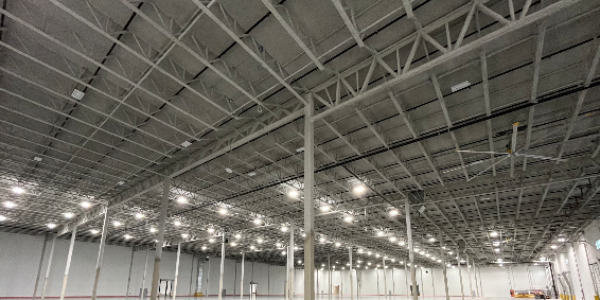
Delivering performance and sustainability all at once
Read More ...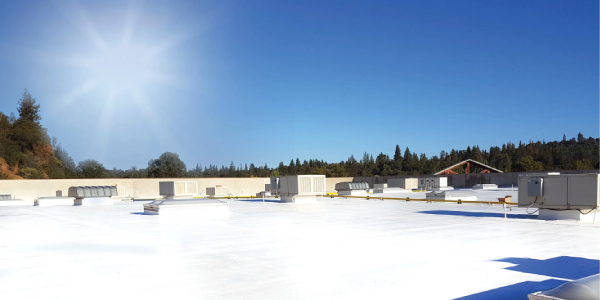
To energy savings and beyond!
Read More ...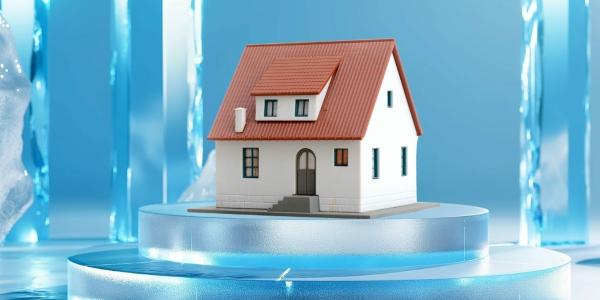
Cool roofing systems for energy-efficient roofing solutions
Read More ...
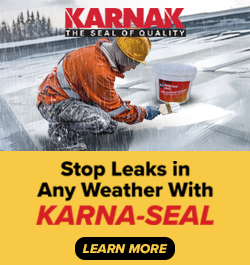











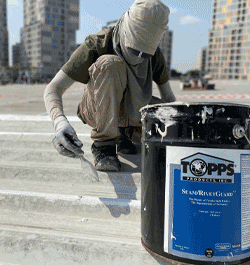

Comments
Leave a Reply
Have an account? Login to leave a comment!
Sign In